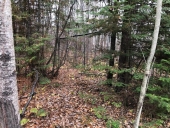
 7
7




 1
1





.-With-Beau-s-butt..jpg)

.jpg)
.jpg)
.jpg)
SKIP books, get 'em while they're hot!!! Skills to Inherit Property
See me in a movie building a massive wood staircase:Low Tech Lab Movie
I certify this BB is complete.
 2
2




I hereby certify this badge bit complete!
I further certify this as an awesome hugel. Y'all did a great job!!! There's a lot of future food waiting to happen there.
 1
1




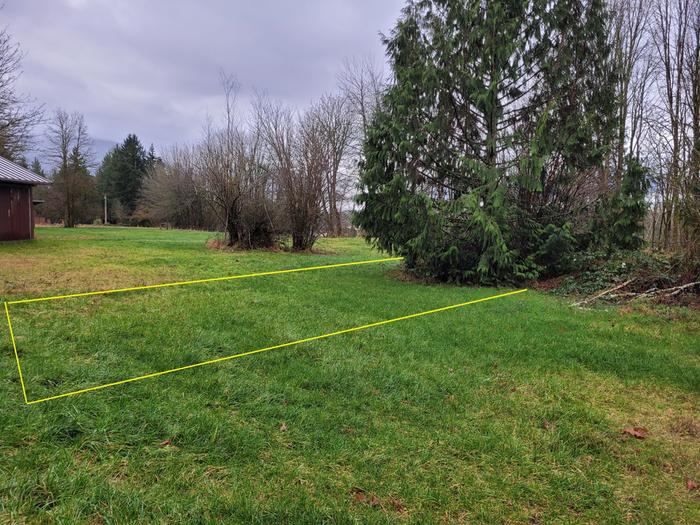

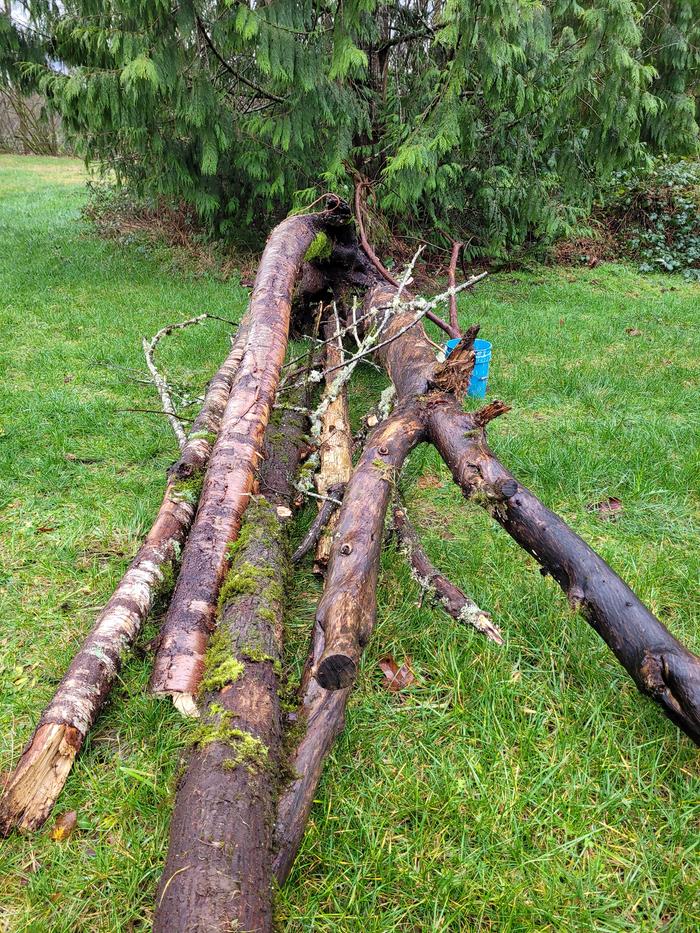
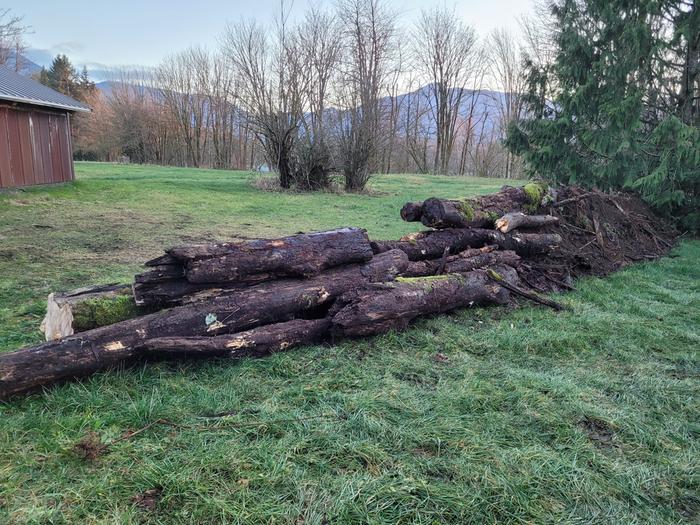
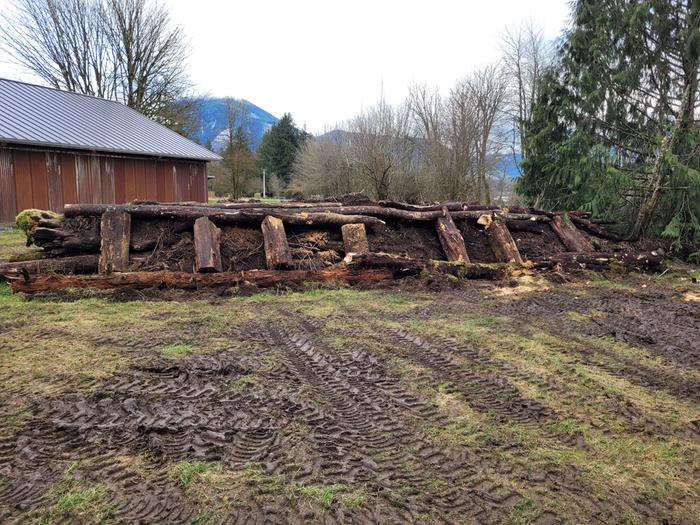
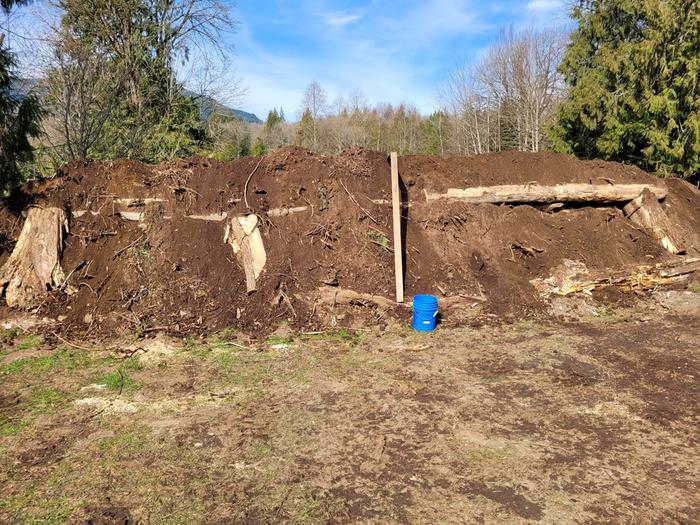
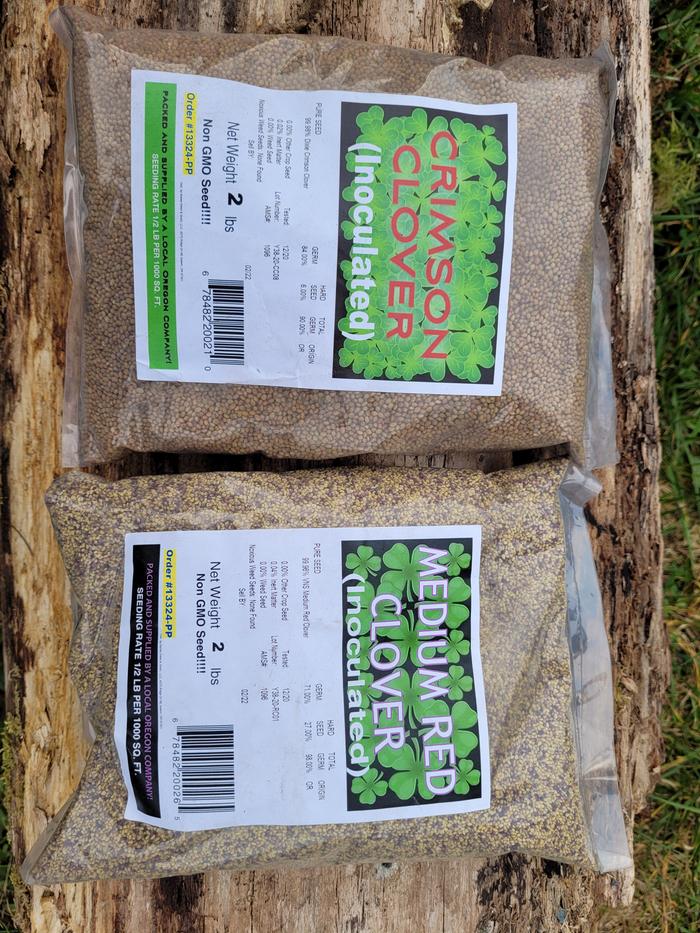
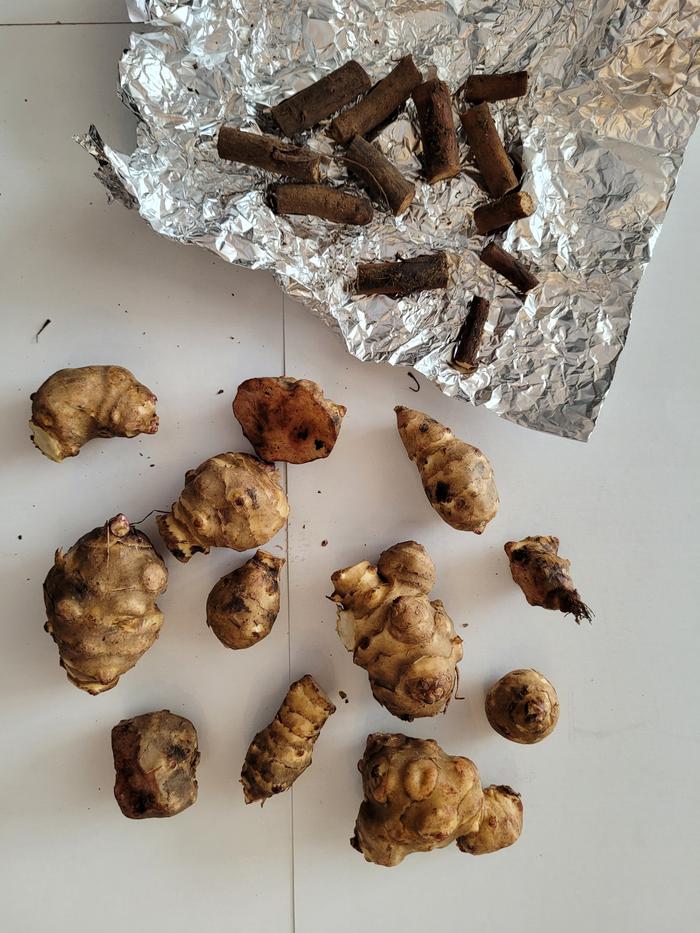
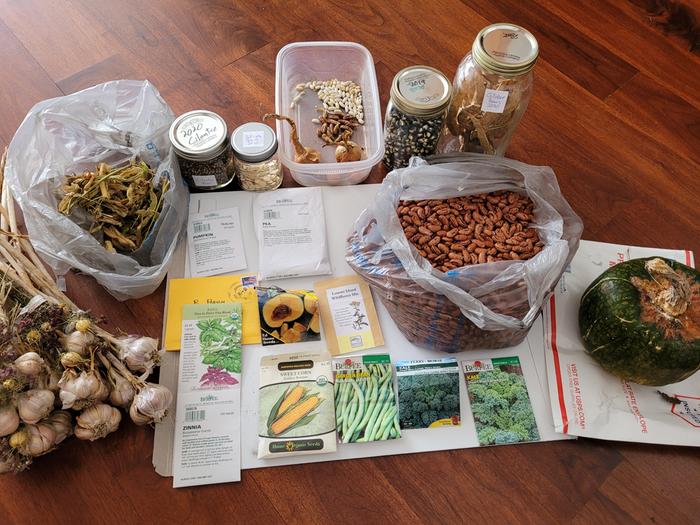
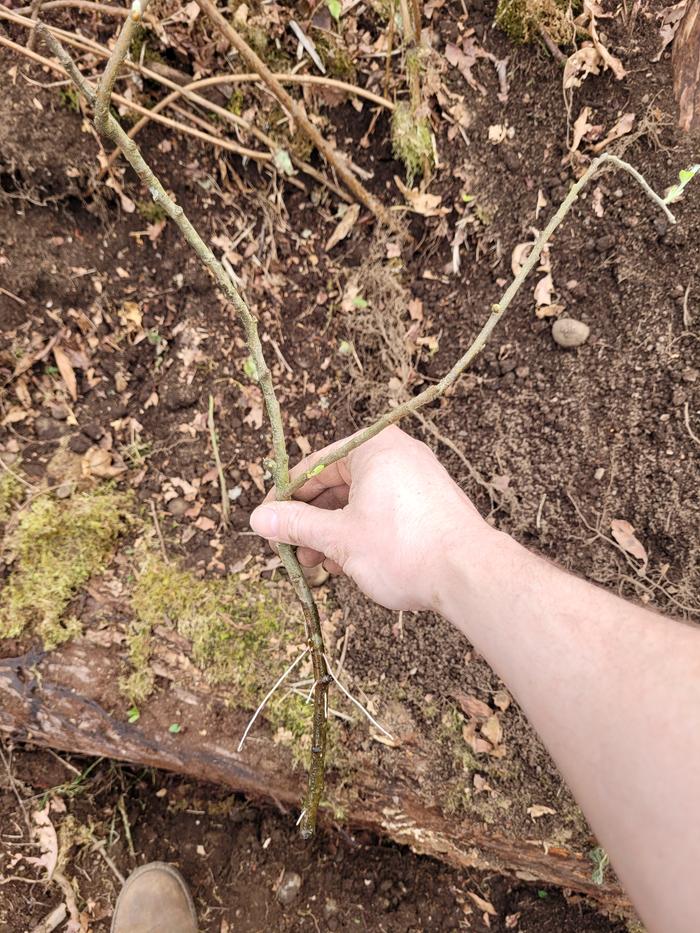
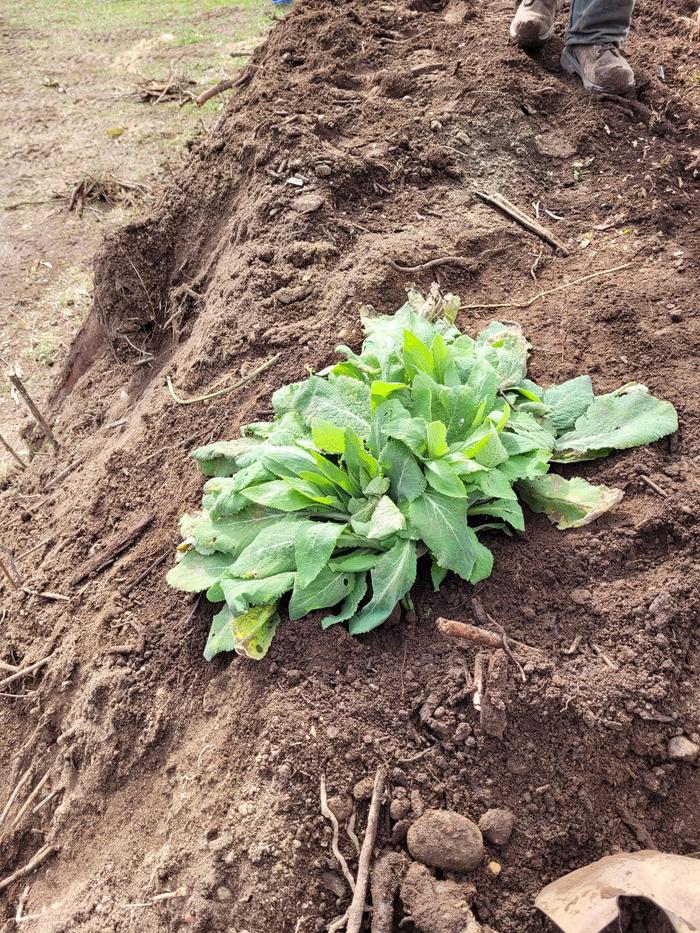
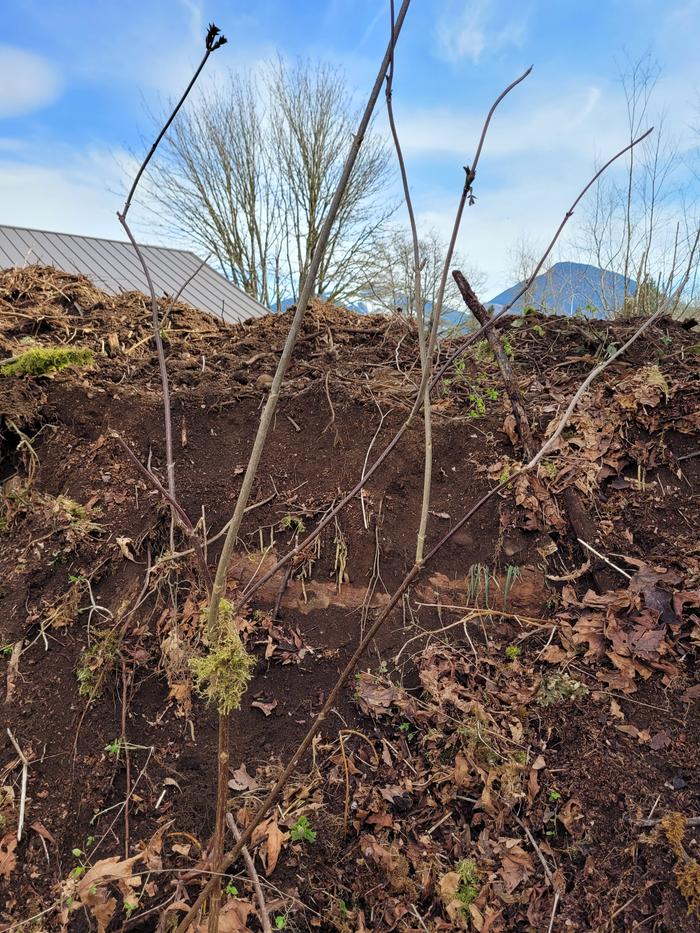
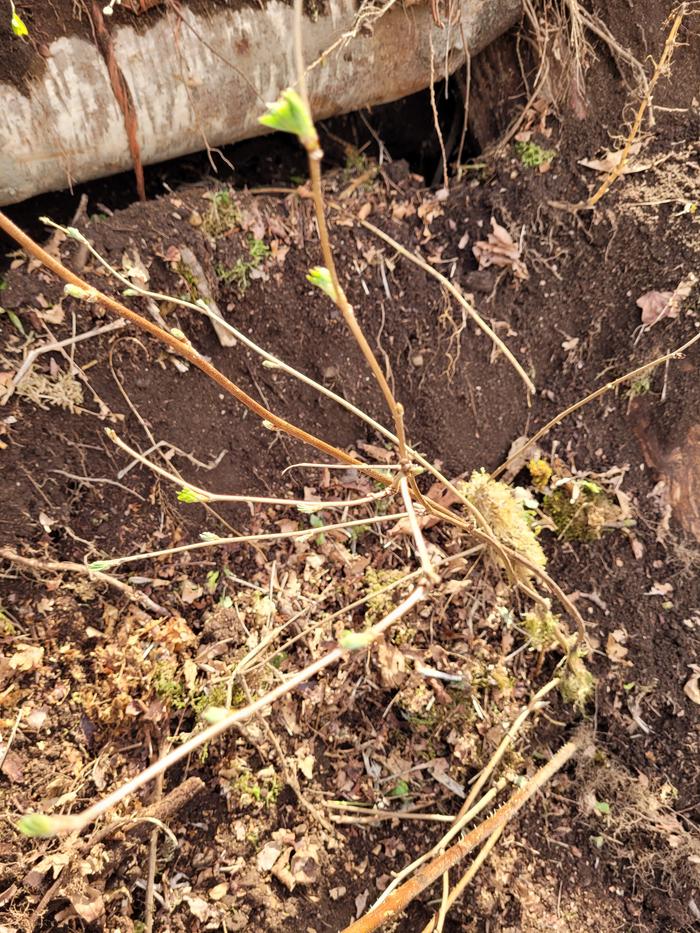
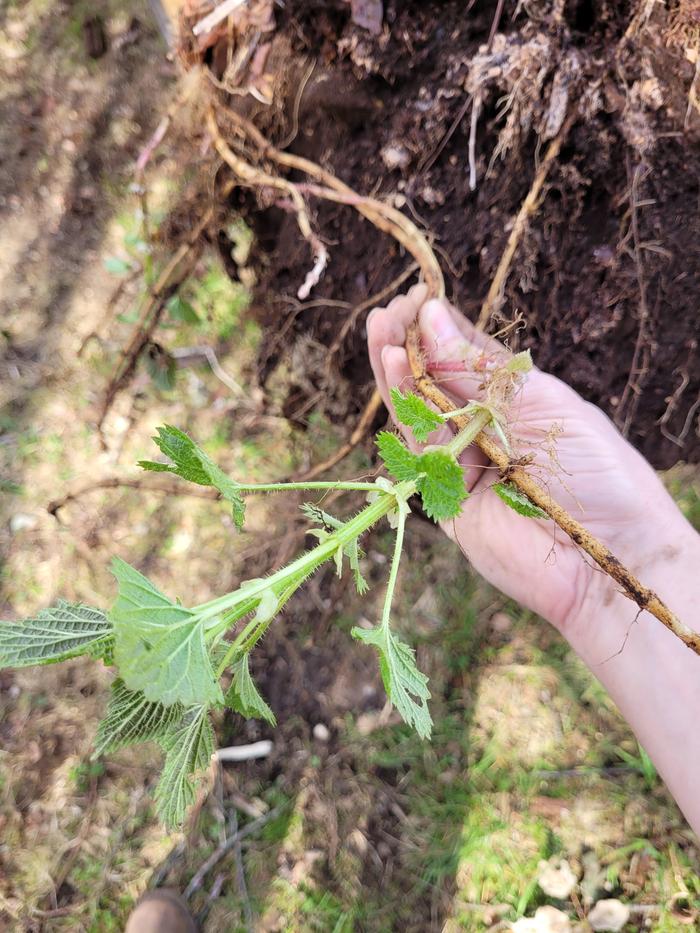
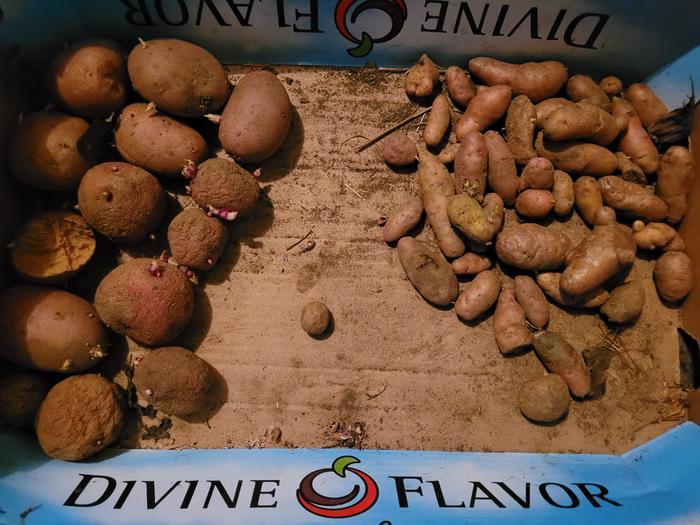
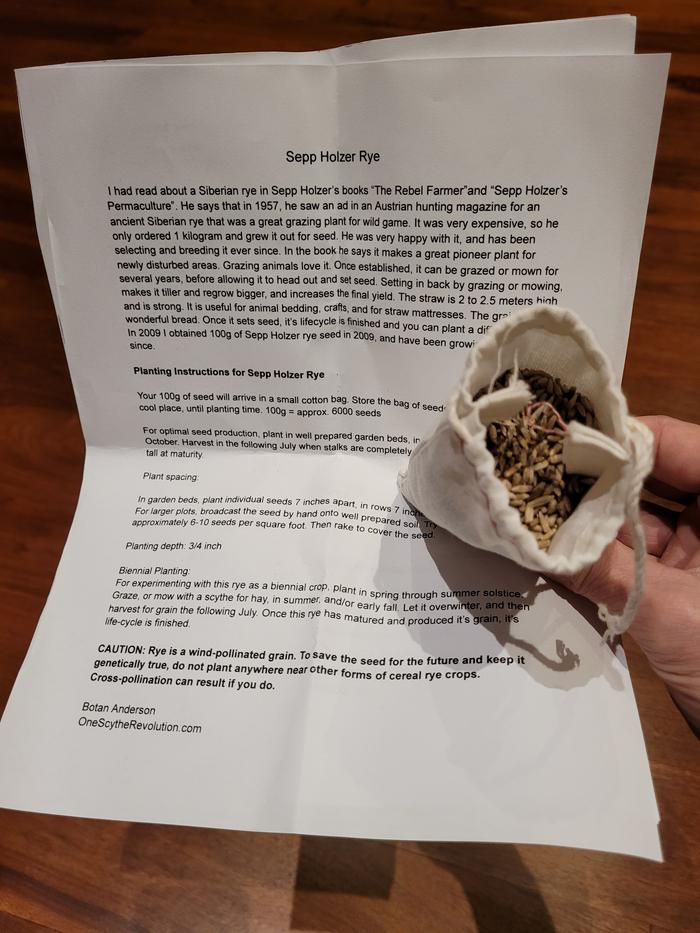
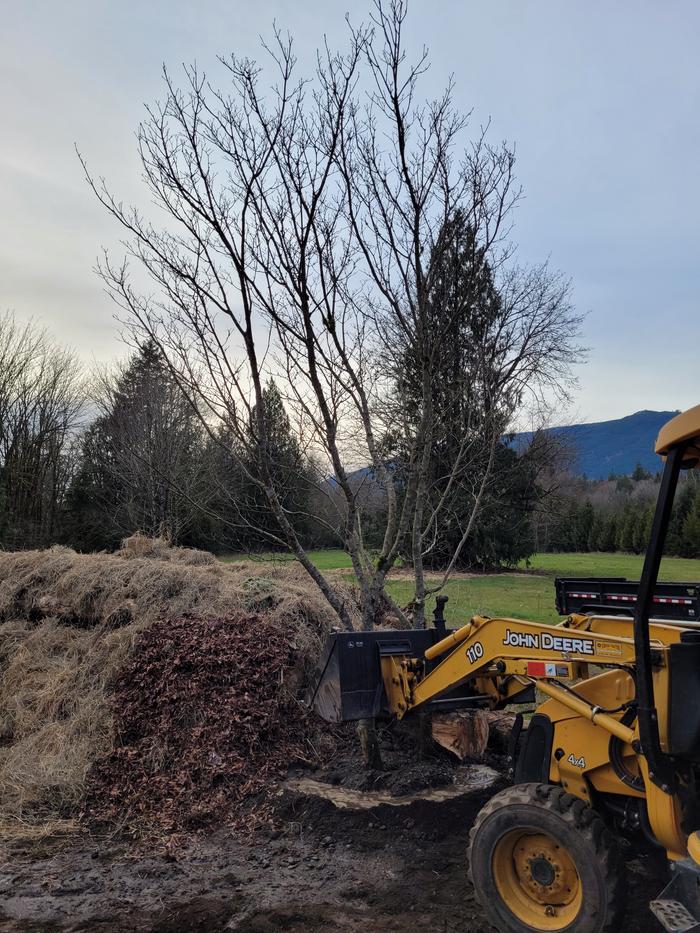
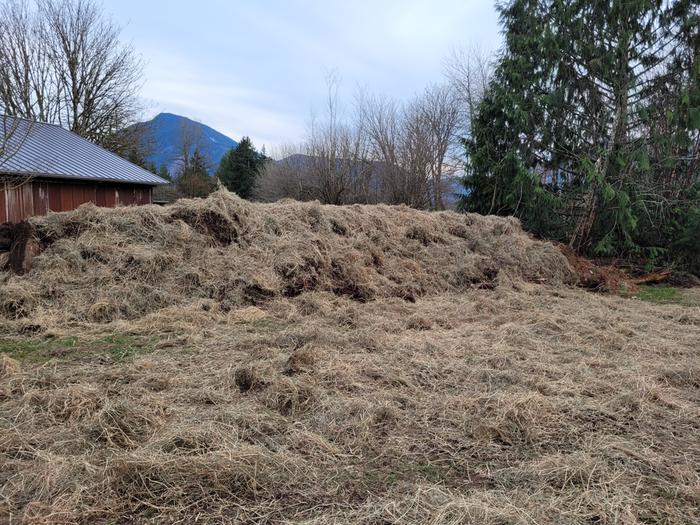
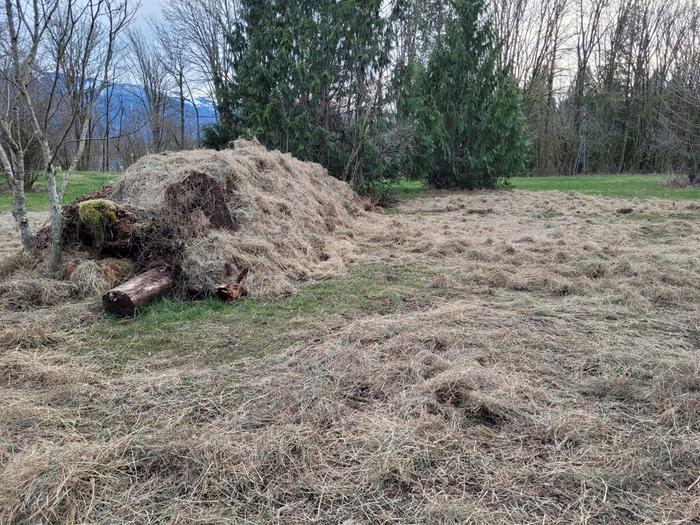

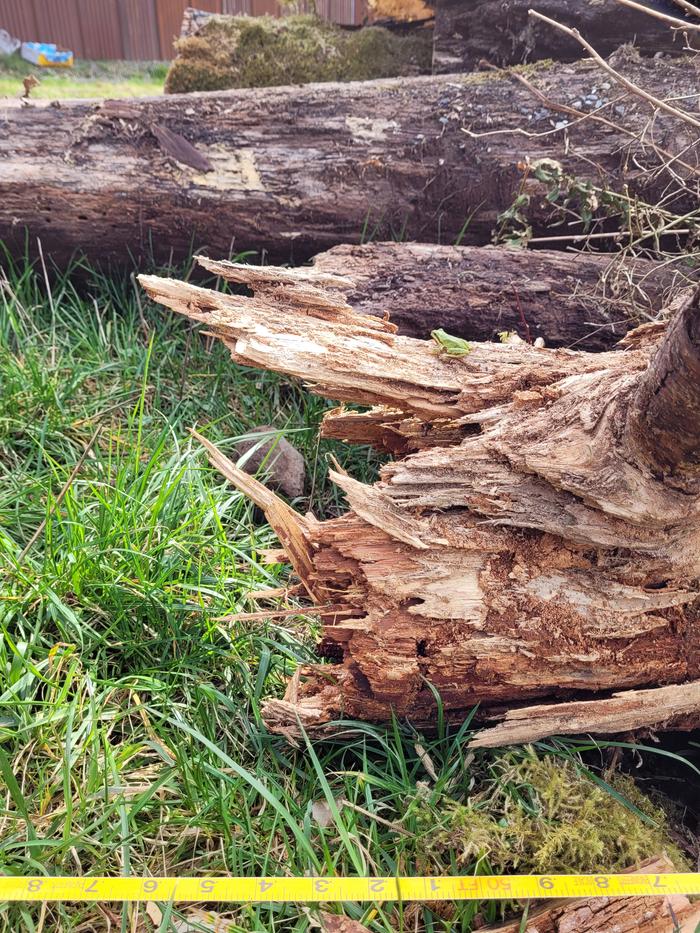
Now you can track your PEP BB and Badge progress in Google Sheets! Download today: PEP BB Calculator for Google Sheets
Mike Haasl approved this submission.
Note: Nice!
 1
1




Check out the plans to build your own charka-style spinning wheel from bicycle parts
Explore the intersection of permaculture, community, and the cycle of life at Herland Forest Natural Burial Cemetery and the Windward Education and Research Center
Mike Barkley approved this submission.
 1
1





"Do what you can, with what you've got, where you are"
– Squire Bill Widener via Teddy Roosevelt
 1
1




SKIP books, get 'em while they're hot!!! Skills to Inherit Property
See me in a movie building a massive wood staircase:Low Tech Lab Movie
 1
1




"Do what you can, with what you've got, where you are"
– Squire Bill Widener via Teddy Roosevelt
 1
1




"Do what you can, with what you've got, where you are"
– Squire Bill Widener via Teddy Roosevelt
Mike Barkley approved this submission.
 1
1




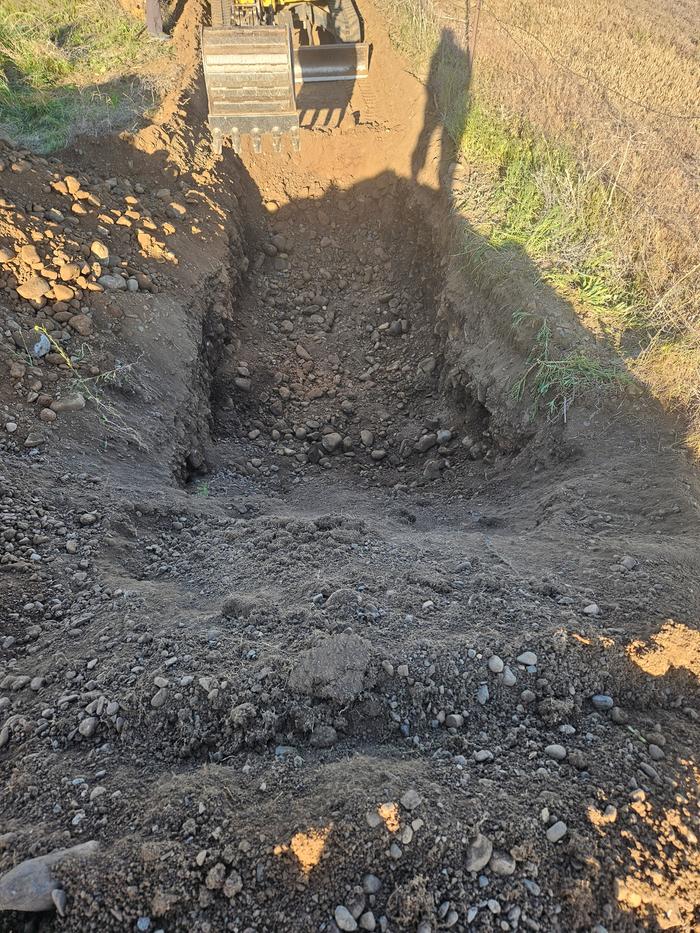
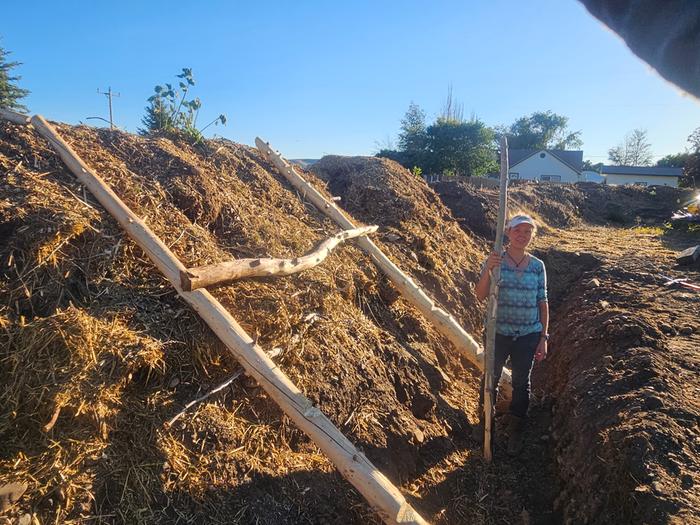
Being weird is easy. Making it mainstream is hard. Be brave! https://www.youtube.com/@healthygreenbrave
Jeremy VanGelder approved this submission.

| I agree. Here's the link: http://stoves2.com |




